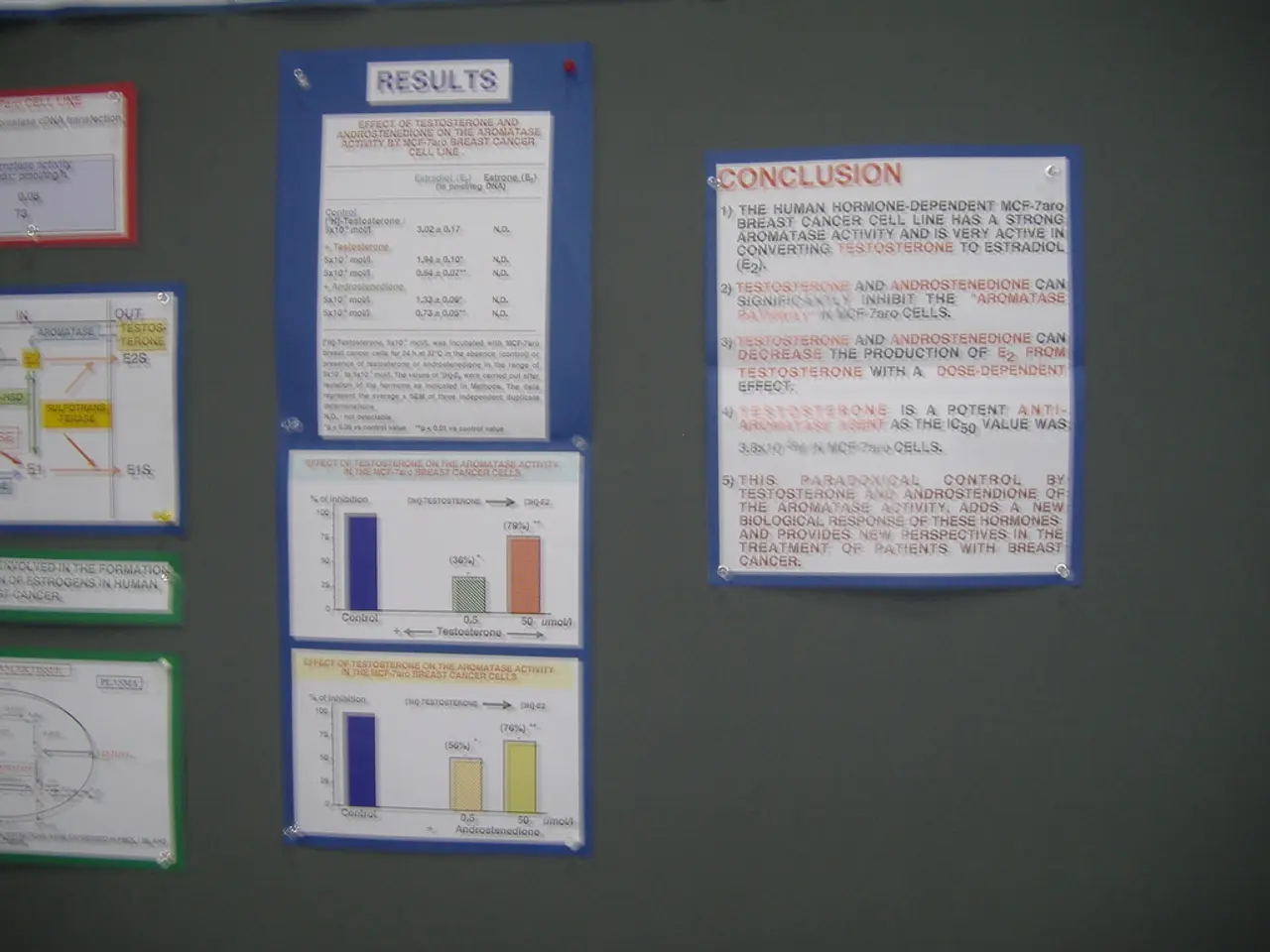Odisha Government Endorses Ten Important Measures, Among Which Is the Rollout of Ayushman Bharat Program
The Odisha Cabinet, led by Chief Minister Mohan Charan Majhi, has made a series of key decisions aimed at improving healthcare, infrastructure, and employment opportunities in the state. These decisions were announced in the Assembly on Friday.
Healthcare Sector
The Cabinet has allocated Rs 2,398 crore for the continued operation of the 108 emergency ambulance services for the next five years, a move that will significantly enhance emergency medical response capabilities across Odisha.
Another approved proposal is the implementation of the Emergency Response Support System (ERSS), which will create 4,195 new positions to improve emergency services state-wide, further strengthening healthcare access during critical situations.
Sanitation workers are set to receive Rs 10 lakh insurance coverage and housing facilities, along with smartphones to improve communication and access to welfare benefits. These measures aim to improve the health and working conditions of this essential workforce.
Infrastructure and Urban Development
The Cabinet approved the ‘Samruddha Sahar Yojana’ with a major budget of Rs 4,879.30 crore, targeting urban development and aiming to build a developed Odisha by 2036. This urban initiative is expected to modernize urban infrastructure, improve living standards, and foster economic growth in cities.
Steps such as creating a new police district in Rairangpur and amendments to various administrative services reflect infrastructural and governance strengthening efforts.
Education and Employment
The government approved the waiver of monthly hostel fees for students in approximately 455 hostels, benefiting over 4,500 students and easing financial burdens on families, promoting equal educational opportunities.
To improve public service efficiency, amendments were approved to the recruitment and service confirmation processes in the Odisha Revenue Service and Odisha Factories and Boilers Inspection Service, which enhance the quality and accountability of government employment.
The One-Time Settlement Scheme and Ayushman Bharat
The One-Time Settlement Scheme for water tax arrears has been extended until May 31, 2025, with the aim of facilitating better compliance and revenue collection.
One of the approved proposals is the adoption of the Ayushman Bharat Pradhan Mantri Jan Arogya Yojana (AB PM-JAY) for the state. This shift marks a departure from the state's previous Biju Swasthya Kalyan Yojana (BSKY) and aims to bring over 3.46 crore people under the central government's flagship health insurance scheme. The government has assured the development of necessary infrastructure for the seamless implementation of the AB PM-JAY.
These decisions collectively underscore a comprehensive approach to development encompassing healthcare, infrastructure, and employment. They are a crucial step in policy advancement for the state and are expected to positively impact Odisha's socio-economic landscape in the coming years.
- The implementation of Ayushman Bharat Pradhan Mantri Jan Arogya Yojana (AB PM-JAY) in Odisha, a shift from the Biju Swasthya Kalyan Yojana (BSKY), is a step towards integrating the state's healthcare sector with the central government's flagship health insurance scheme, further emphasizing the importance of health-and-wellness.
- The allocation of Rs 2,398 crore for the continued operation of the 108 emergency ambulance services in Odisha for the next five years signifies a significant investment in the science of emergency medical response, paving the way for improved healthcare capabilities.




